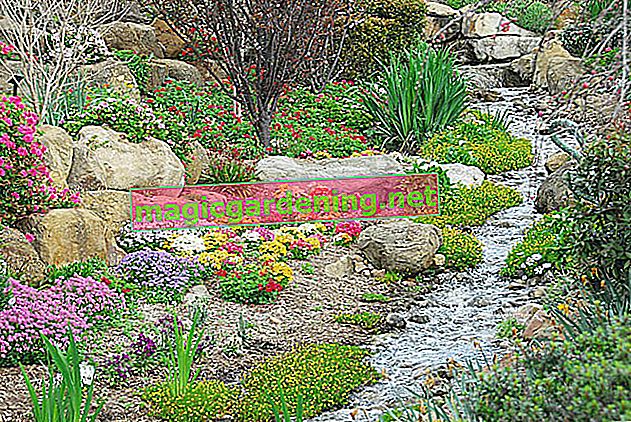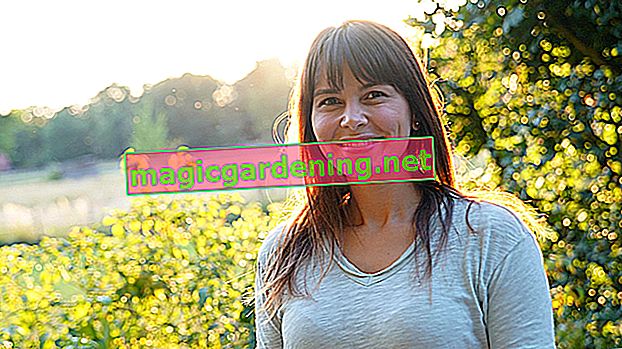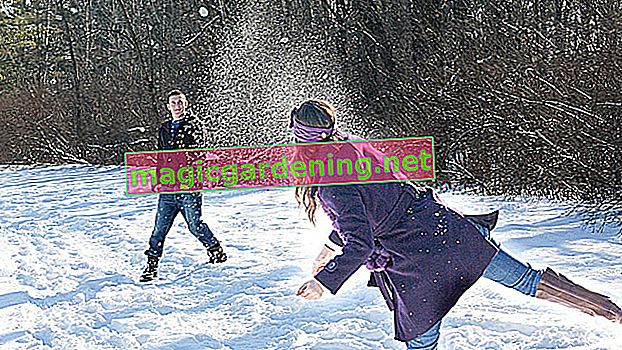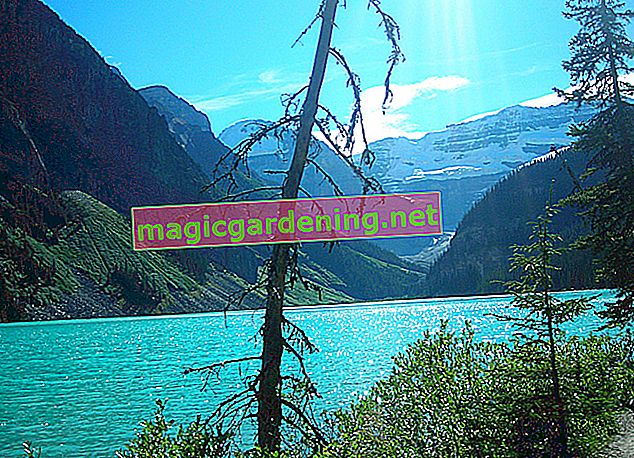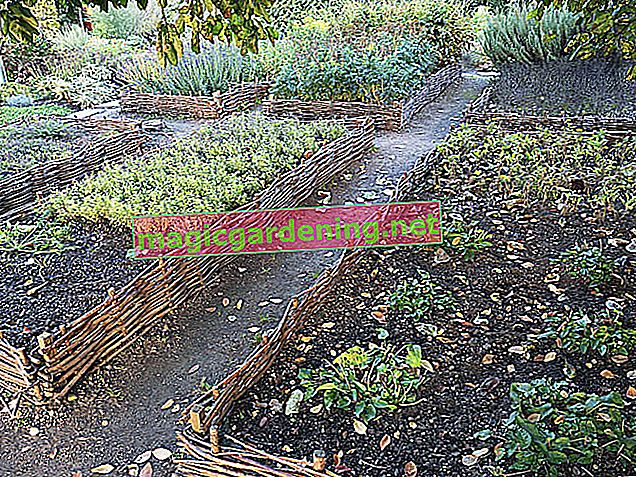
It doesn't work without drainage
For this reason, effective drainage is not only essential in the raised bed - if the water does not drain, the bed will soon be literally under water. To prevent this, excess water must always be able to flow outwards - even on the beds without contact with the ground, such as those on a balcony or terrace. There are various possibilities.
also read
- Drainage in the raised bed prevents waterlogging
- Can a raised bed be erected without touching the ground?
- How to plan a raised bed closed at the bottom
Prevent waterlogging in raised beds that come into contact with the ground
Raised beds that come into contact with the ground are usually beds that are open at the bottom and are only separated from the garden soil by a vole wire. These beds are completely unproblematic in terms of water drainage, provided that it is a well-layered raised bed. Such a raised compost bed is given a thick drainage layer as the bottom layer, which should never be reduced in size or left out. Even if you don't want to set up a large raised bed as a compost bed, but only want to fill it with soil, drainage is essential. For this purpose, the bottom layers are placed in the bed:
- thick wooden blocks or logs
- coarsely chopped branches and brushwood
- Wood chips
This layer should be as thick as possible - the better the drainage works. Instead of wood, you can also use stones, for example pebbles or concrete blocks with holes (so-called perforated bricks).
Prevent waterlogging in raised beds without ground contact
Drainage in raised beds without contact with the ground, for example a table bed on the balcony, is more problematic. Here, too, the water must be able to run off to the outside, for which there are various methods. Probably the simplest is to install one or more drainage pipes, which are already available in small sizes (from DIN 50). The draining water can for example be collected in an extra vessel, for example in a bucket underneath. A drainage filter hose ensures that the drainage hole does not become clogged and thus clogged. There is also this option for small raised beds:
- Place one or more perforated boxes in the raised bed.
- Depending on the size of the box, shopping baskets or washing baskets are very suitable.
- Fill these baskets with drainage material and soil.
- Plant them.
- Periodically lift the baskets out to remove excess water.
Tips
The collected excess water can be used as a fertilizer because it has flushed the nutrients out of the bed.


